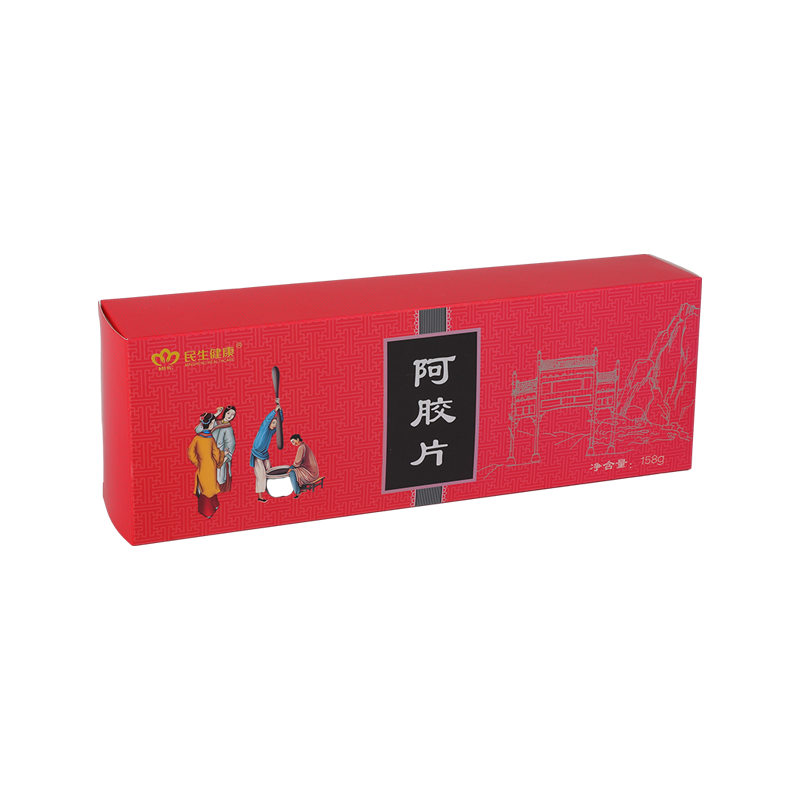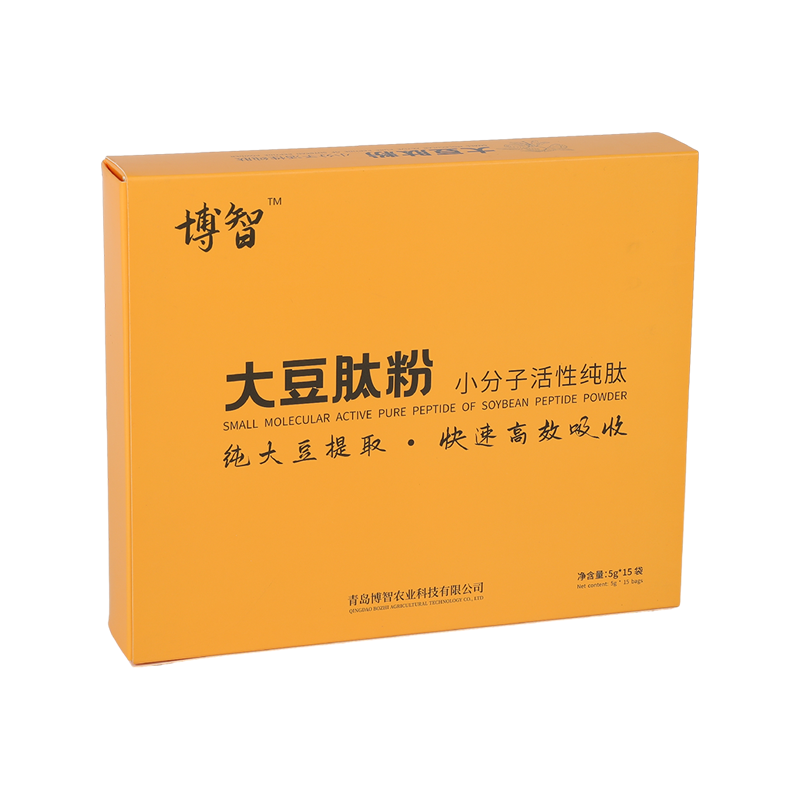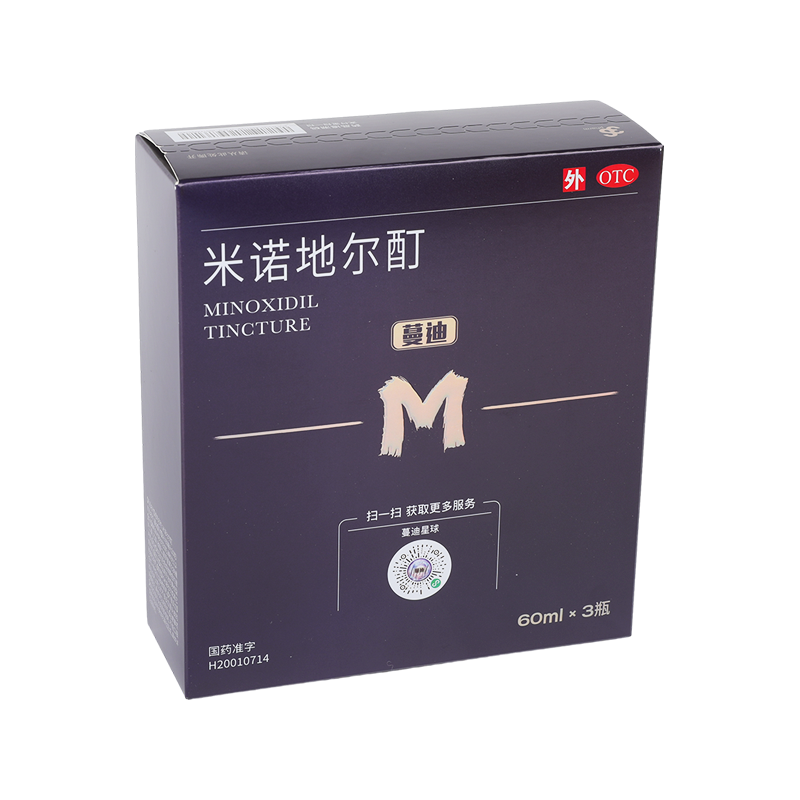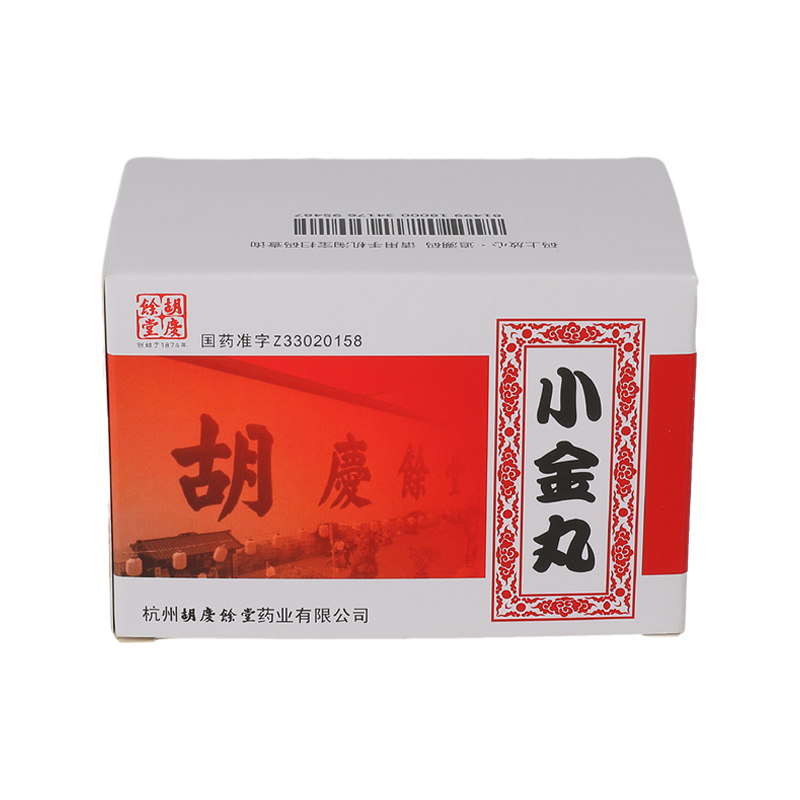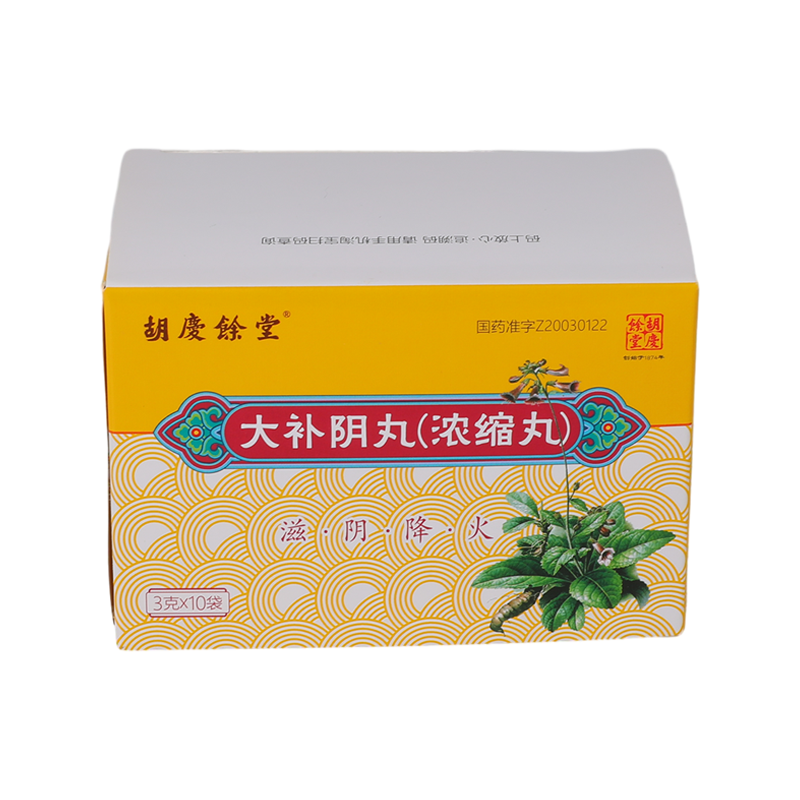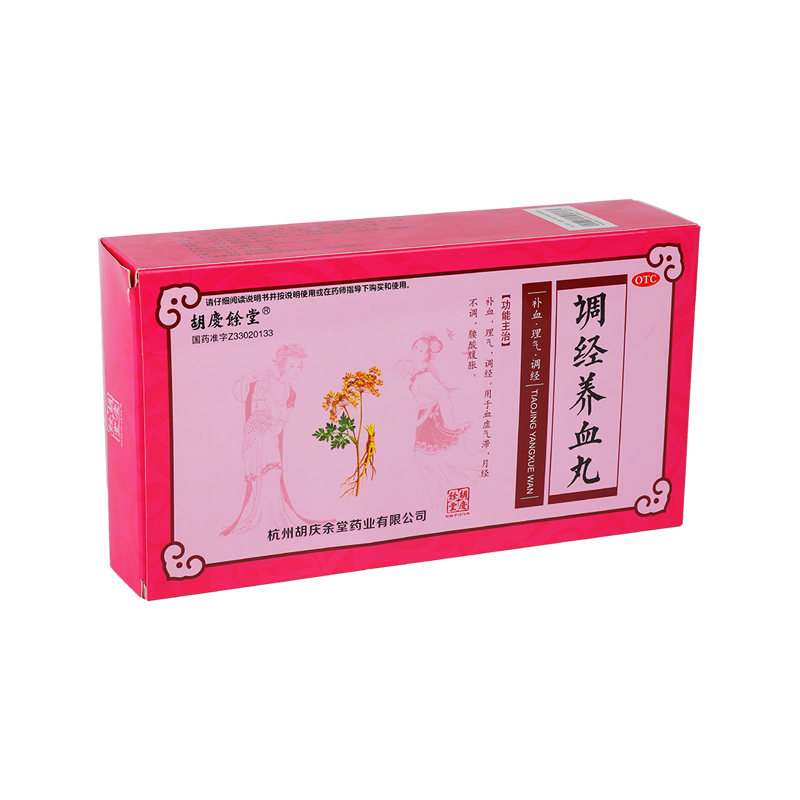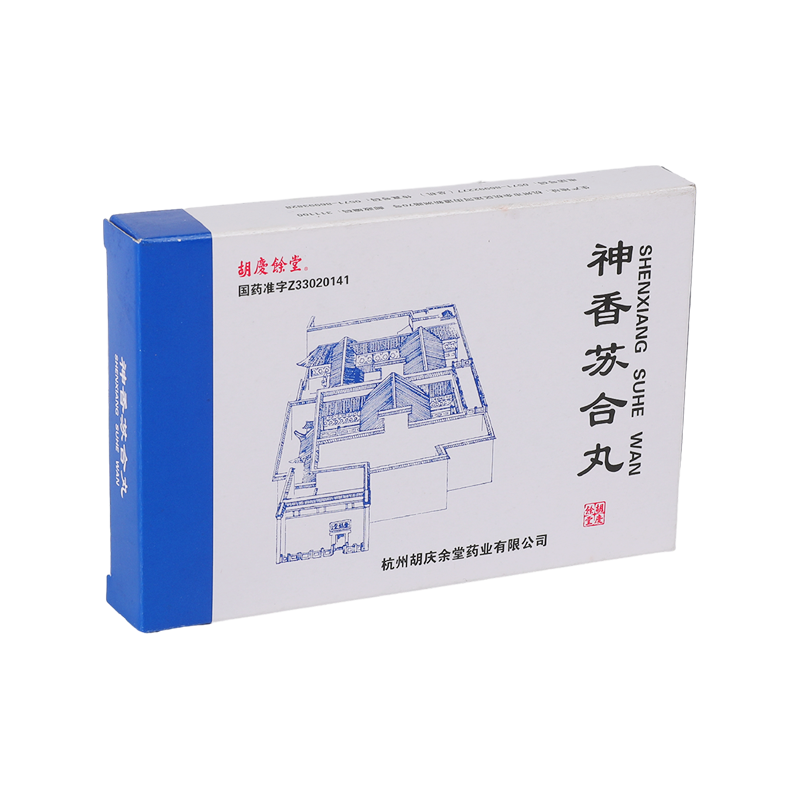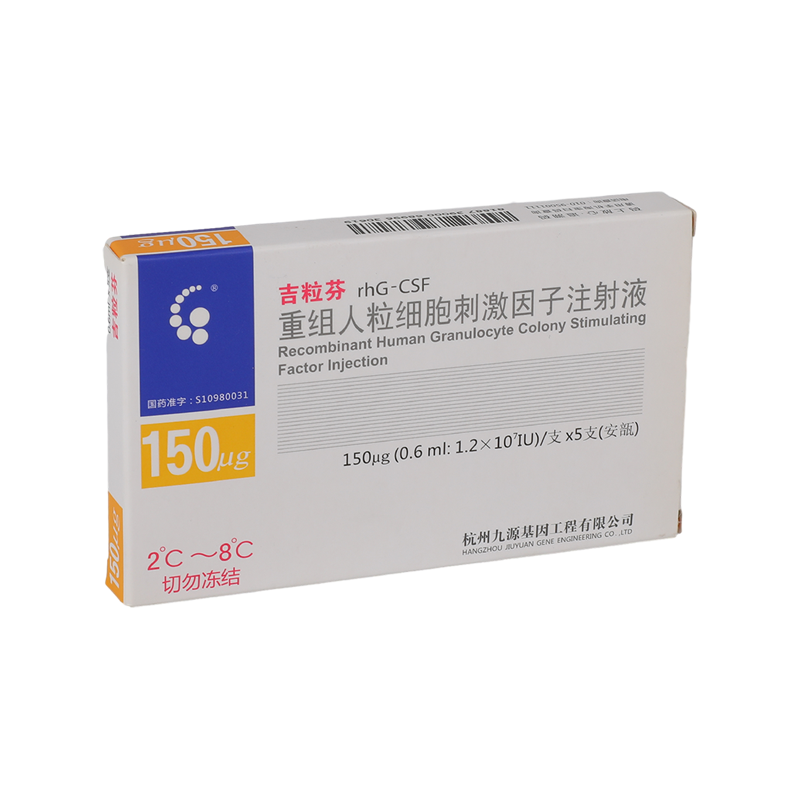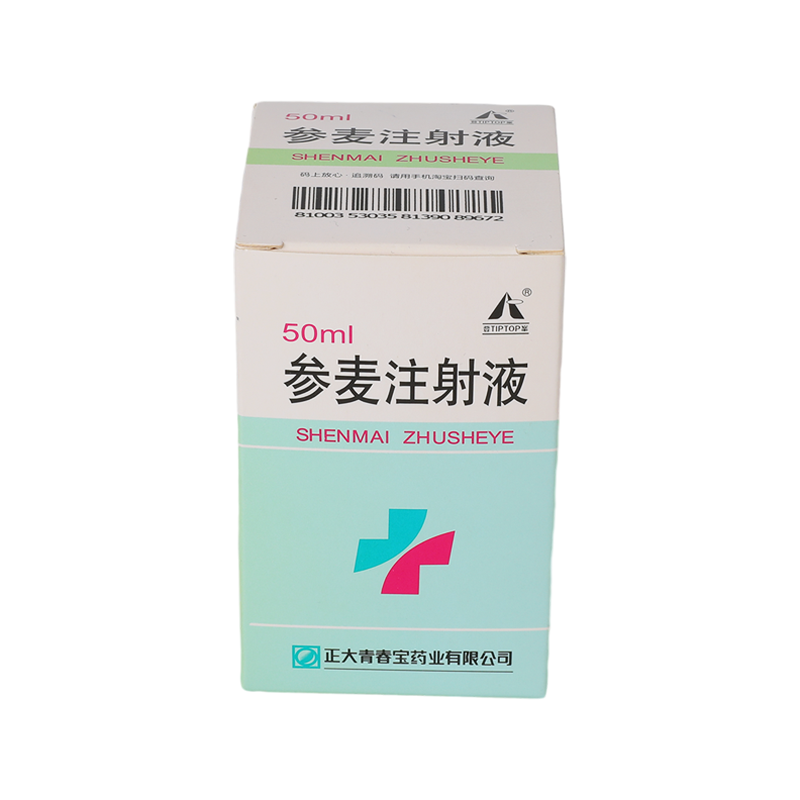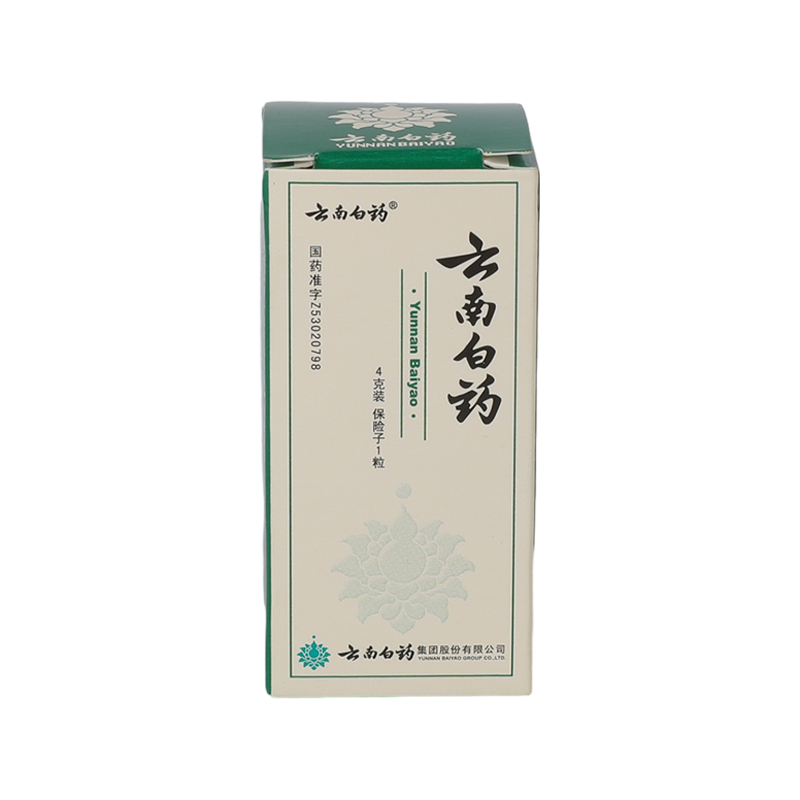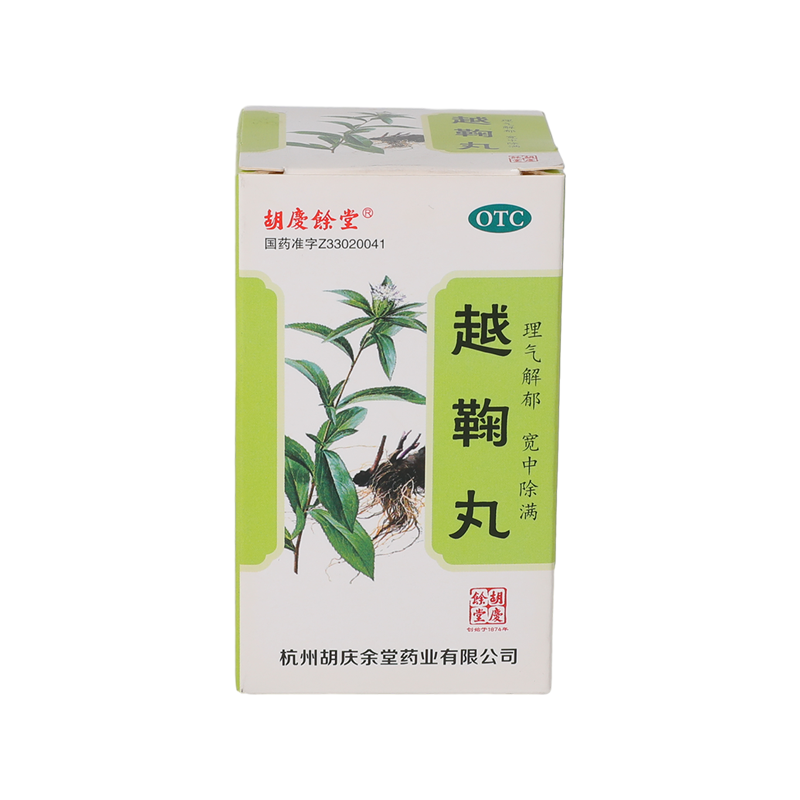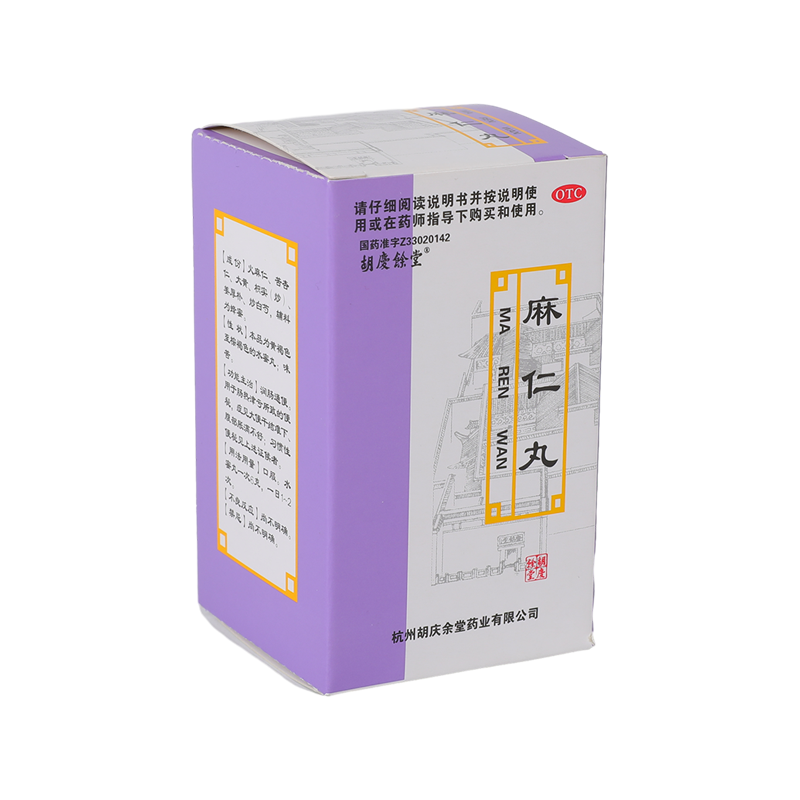In the pharmaceutical industry, where safety, efficacy, and patient well - being are paramount, pharmaceutical packaging boxes play a crucial yet often under - appreciated role. These boxes are not merely vessels for holding medications; they are integral components that safeguard drugs, provide essential information, and comply with strict regulatory standards.
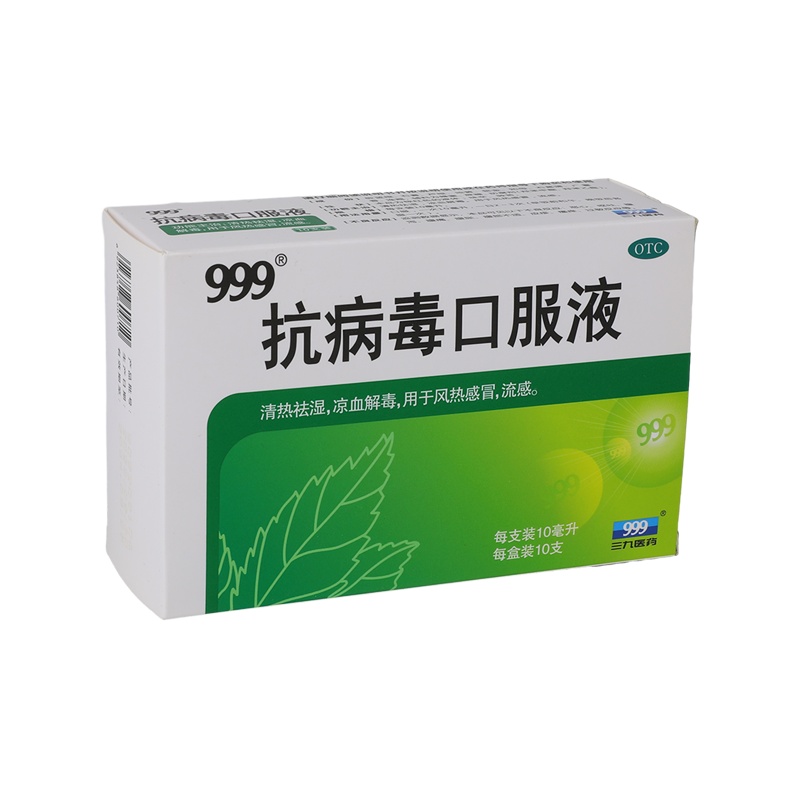
Ensuring Product Integrity
Protection Against External Factors
Pharmaceutical packaging boxes are designed to shield medications from a variety of external threats. They act as a barrier against moisture, light, and oxygen, all of which can degrade the quality and efficacy of drugs over time. For example, moisture can cause tablets to dissolve prematurely or capsules to break down, while light can trigger chemical reactions that alter the drug's composition. By using materials like high - quality cardboard and incorporating features such as foil - lined compartments or opaque coatings, these boxes ensure that medications remain stable and potent until they reach the patient.
Tamper - Evident Features
In an era where product safety is a top concern, pharmaceutical packaging boxes are equipped with tamper - evident features. These features, such as sealed flaps, holographic labels, or special adhesives, provide clear indications if the package has been opened or tampered with. This not only protects patients from potentially contaminated or adulterated medications but also gives them peace of mind when using pharmaceutical products.
Communicating Vital Information
Regulatory Compliance
Pharmaceutical packaging boxes are required to carry a wealth of information as per regulatory guidelines. This includes details about the drug's name, dosage, usage instructions, ingredients, and potential side effects. Clear and accurate information is crucial for patients and healthcare providers alike. It helps patients administer medications correctly and alerts them to any possible risks, while enabling healthcare providers to make informed decisions about patient care.
Patient - Centric Design
Beyond regulatory requirements, many pharmaceutical packaging boxes are now designed with the patient in mind. Folding cartons with clear, easy - to - read text and illustrations can be a great help, especially for elderly patients or those with visual impairments. Some boxes also include additional information in multiple languages to cater to diverse patient populations.
Diverse Packaging Solutions
Customization for Different Medications
Pharmaceutical packaging boxes come in a wide range of shapes and sizes to accommodate different types of medications. From small pill - folding packages for tablets and capsules to larger boxes for storing spray bottles or injection vials, there is a customized solution for every product. The packaging is designed to fit the medication snugly, minimizing movement during transportation and storage, which could potentially damage the product.
Sustainable Packaging Initiatives
As environmental concerns grow, the pharmaceutical packaging industry is also moving towards more sustainable options. Cardboard boxes made from recycled materials or those that are easily recyclable are becoming more prevalent. This shift not only benefits the environment but also aligns with the growing consumer demand for eco - friendly products.
Market Trends and Future Outlook
Rising Demand for Secure Packaging
With the increasing focus on patient safety and the growth of the pharmaceutical industry, the demand for high - quality pharmaceutical packaging boxes is on the rise. As more medications enter the market, there is a greater need for packaging solutions that can meet strict quality and safety standards.
Technological Advancements
The future of pharmaceutical packaging boxes is likely to be shaped by technological advancements. We may see the integration of smart packaging technologies, such as QR codes for product authentication and tracking, or sensors that can monitor the storage conditions of medications in real - time. These advancements will further enhance the safety and efficacy of pharmaceutical products.

 English
English 中文简体
中文简体 русский
русский عربى
عربى